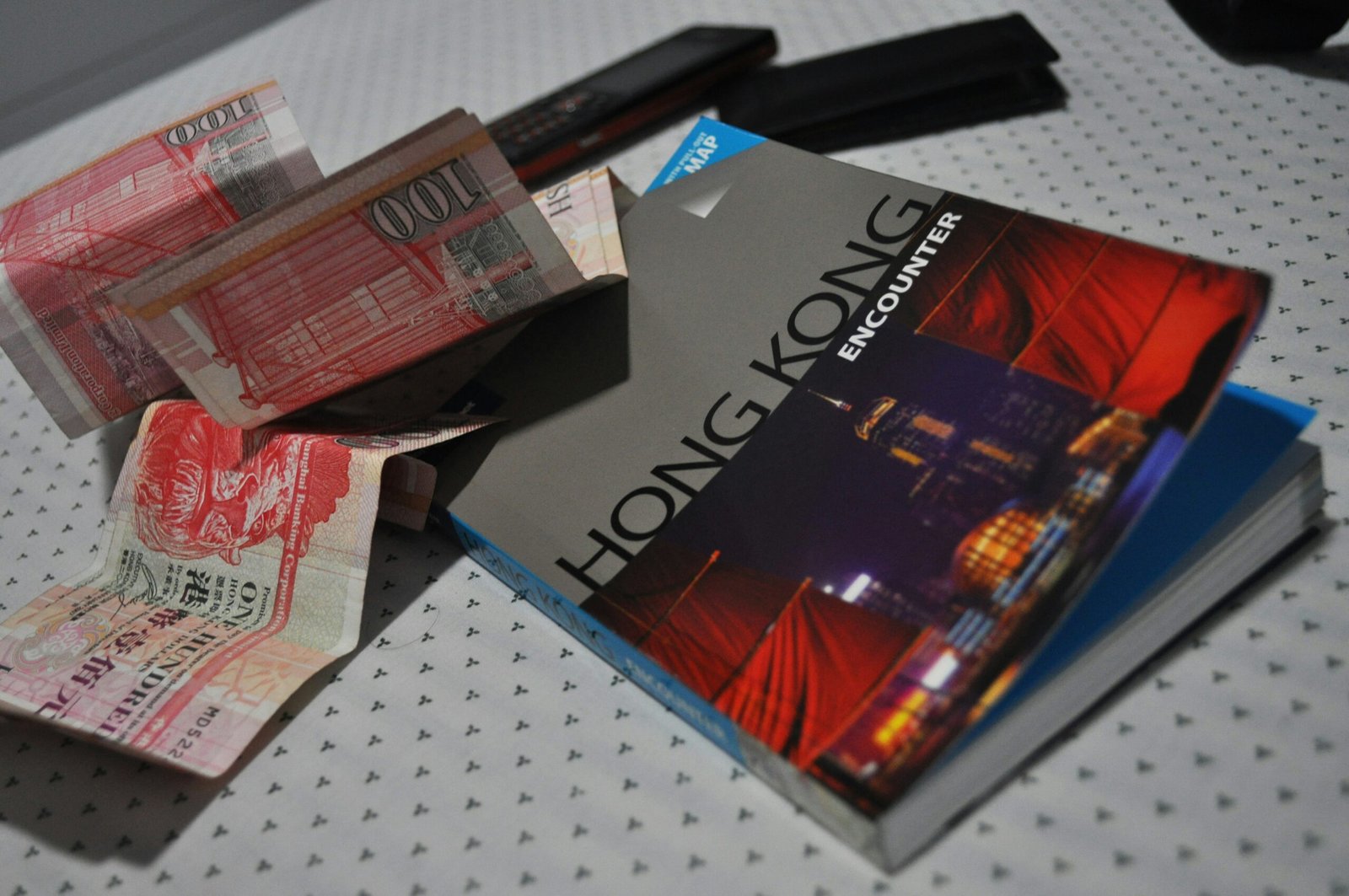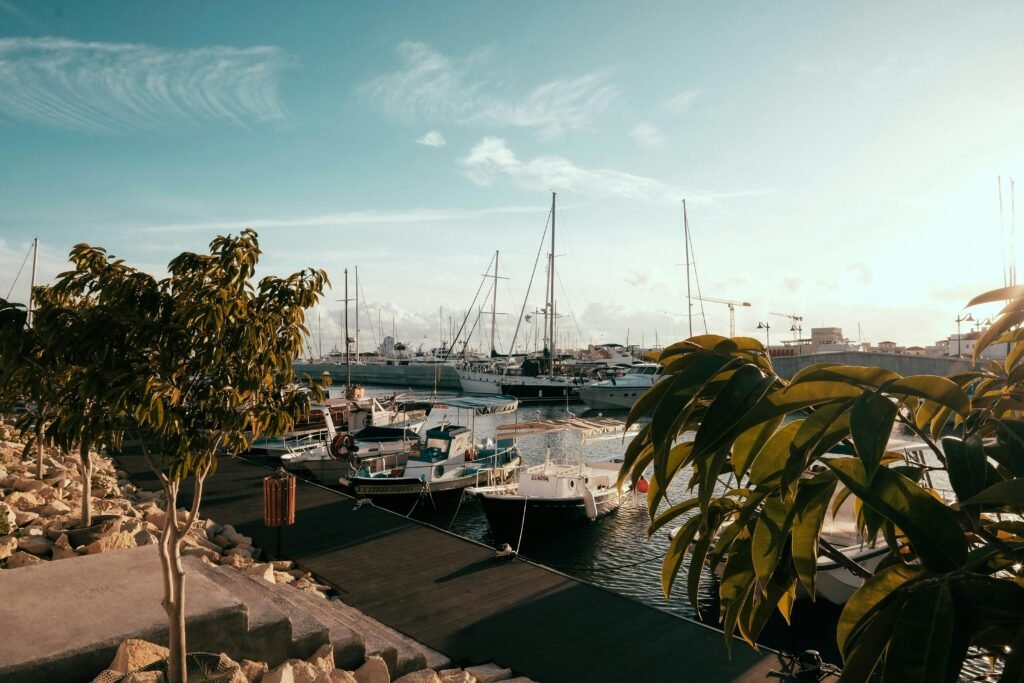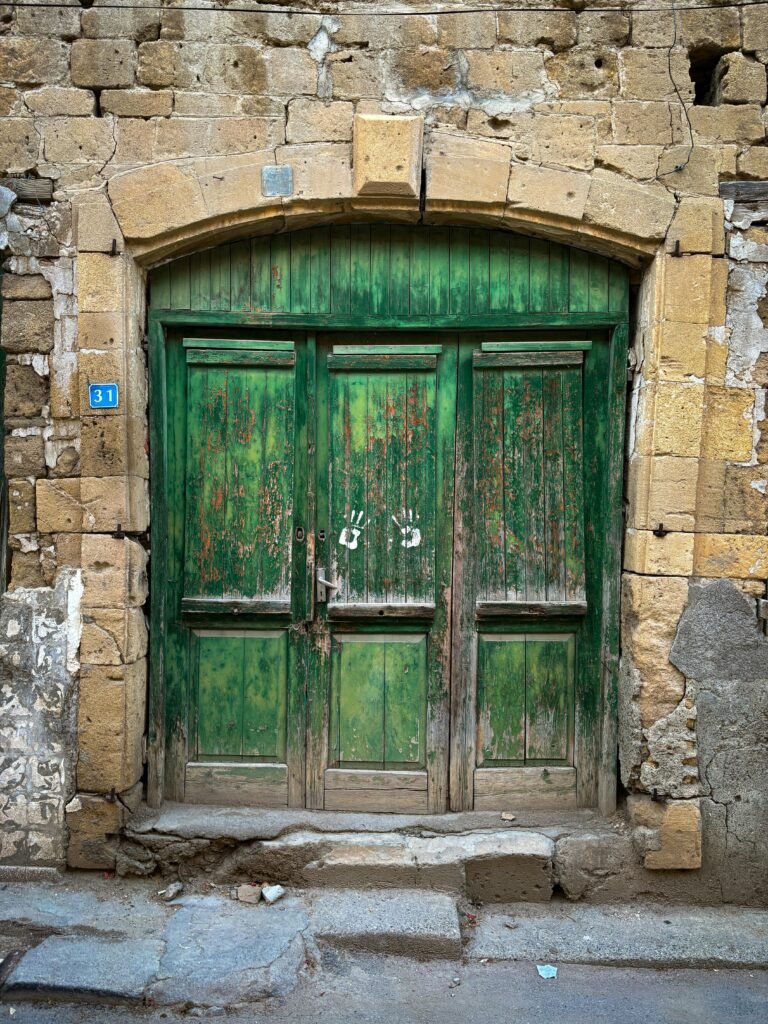Introduction to Nicosia
Nicosia, the capital of Cyprus, holds the distinction of being the last divided capital in the world. Straddling the border between the Greek Cypriot south and the Turkish Cypriot north, this city presents a unique juxtaposition of cultures, languages, and histories. Established since antiquity, Nicosia has served as a central hub for trade and culture, reflecting the diverse influences that have shaped the island over millennia.

The city’s significance extends beyond its geopolitical status; it represents a poignant symbol of Cyprus’s complex history, which has been marked by conflict, division, and attempts at reconciliation. The Green Line, a demarcation established by the United Nations in 1974, separates the two communities and allows for a tangible representation of the island’s ongoing tension. Nicosia is not only about separation, however. It is a place where visitors can witness the coexistence of two markedly different lifestyles within close proximity. This offers an enriching experience for those interested in history, culture, and social dynamics.
Visitors spending a day in Nicosia can expect to explore a vibrant tapestry of architecture, from medieval Venetian walls to modern structures, illustrating the city’s evolution over time. Local markets, rich culinary traditions, and the lively atmosphere provide ample opportunities for immersion in both Greek and Turkish Cypriot cultures. Historic sites, such as the Selimiye Mosque and the Cyprus Museum, add depth to a one-day itinerary, ensuring that travelers can grasp the significance of this divided yet united city. Nicosia stands not only as a geographical divide but also as a testament to resilience, making it an essential stop for anyone looking to understand Cyprus’s multifaceted identity.
Getting to Nicosia
Nicosia, the capital of Cyprus, is unique as the last divided capital in Europe. Travelers eager to explore this city will find that getting to Nicosia is relatively straightforward, with several transport options available. Most visitors arrive in Cyprus through its major international airport, Larnaca International Airport, which is approximately 45 kilometers from Nicosia. Upon landing, one can take a taxi or a bus to reach the city. The bus services are both affordable and efficient, with multiple departures throughout the day. There are also private car hire services available at the airport for those seeking flexibility in their travel plans.
Alternatively, if you are already in other major cities on the island, such as Limassol or Paphos, there are regular bus services connecting these locations to Nicosia. Traveling by bus is a popular option for both locals and tourists due to its reliability and cost-effectiveness. For a more scenic route, renting a car can provide travelers with the freedom to explore surrounding areas at their own pace.
Upon reaching Nicosia, visitors should be aware of the border crossing between the Greek Cypriot and Turkish Cypriot areas. Crossing the Green Line is a significant part of experiencing Nicosia, but it is essential to have a valid passport and necessary identification for both sides. It is advisable to check the latest travel requirements and customs regulations, as these may vary based on current political circumstances. Local customs also demand that travelers respect both communities, understanding the rich cultural tapestry that defines the city. Familiarizing oneself with these customs can enrich the travel experience and promote goodwill among the inhabitants.
Exploring the Old City
The Old City of Nicosia, enveloped by its impressive Venetian walls, serves as a poignant representation of the historical evolution of this divided capital. Established in the late 15th century, these fortifications not only safeguarded the city but also stand as a testament to the architectural prowess of the time. As one enters the Old City, the cobblestone streets beckon exploration, promising encounters with a rich tapestry of history and cultural diversity.
One significant area is Laiki Geitonia, a picturesque neighborhood renowned for its narrow, winding alleys and beautifully preserved buildings. This charming locale offers visitors a glimpse of traditional Cypriot life, featuring an array of quaint shops, artisan cafes, and local galleries. The vibrant atmosphere, filled with the aromas of local cuisine, invites travelers to pause and indulge in the cultural essence of Nicosia.
While strolling through the Old City, several historical landmarks merit attention. The Selimiye Mosque, formerly known as the Cathedral of Saint Sophia, is a prime example of Nicosia’s architectural diversity. This structure embodies the city’s blend of cultures, showcasing stunning Gothic elements alongside Islamic motifs. Another must-visit landmark is the Famagusta Gate, one of the original entrances to the city, which offers insight into the military history and the strategic importance of Nicosia over the centuries.
In exploring the Old City, visitors can also discover an array of historical buildings that reflect the various influences shaping the region—Greek, Ottoman, and Venetian, among others. The captivating blend of architectural styles narrates the stories of the diverse communities that have called Nicosia home across different eras, each contributing to the city’s complex identity.

Museums to Visit in Nicosia
Nicosia, the last divided capital in Europe, offers visitors a unique opportunity to explore its rich history and culture through a variety of fascinating museums. Among the most notable is the Cyprus Museum, renowned for its extensive collection of artifacts that span thousands of years. This museum houses exhibits from the Neolithic period through Roman times, showcasing the island’s ancient civilizations. Visitors can expect to see an array of pottery, sculptures, and inscriptions, which provide significant insights into the cultural heritage of Cyprus.
Another must-visit location is the Leventis Municipal Museum, which presents the historical evolution of Nicosia from its early beginnings to contemporary times. The museum features an impressive collection of paintings, photographs, and everyday objects that narrate the story of the city and its inhabitants. Visitors can admire the carefully curated exhibits that detail the local customs and traditions, as well as the social and economic development of Nicosia. The museum’s engaging displays make it an educational experience for anyone interested in the city’s history.
In addition to these, the Byzantine Museum of Nicosia is a significant cultural landmark, showcasing a remarkable collection of religious art. This museum is primarily dedicated to Byzantine and post-Byzantine artifacts, including icons, manuscripts, and various ecclesiastical items. The carefully preserved pieces reflect the artistic excellence and spiritual wealth of the Byzantine period. A visit to this museum allows guests to gain a deeper appreciation for the artistic heritage that has shaped not only Nicosia but also the broader region of Cyprus.
These museums, along with several others in Nicosia, collectively contribute to a rich tapestry of historical and cultural knowledge, making them essential stops for anyone seeking to understand the complexities of Cyprus’s past and present.
Market Adventures: Exploring Local Culture
When visiting Nicosia, a stroll through its vibrant markets is essential for immersing oneself in local culture. Among the noteworthy markets, Varoshia stands out, providing an authentic glimpse into the Cypriot way of life. As you wander through the bustling alleys, the colorful stalls brim with an array of local crafts, handmade goods, and tantalizing foods that showcase the rich traditions of the region.
The market atmosphere is alive with the sounds of bargaining, laughter, and the aroma of Cypriot delicacies. Artisans proudly display their intricate works, from pottery to textiles, each piece reflecting the heritage and creativity of the island. Visitors should approach local vendors with an open mind and a willingness to engage, as many are delighted to share insights about their craft. Bargaining is a customary practice in this setting, and it can turn an ordinary purchase into a delightful exchange. Don’t hesitate to negotiate prices, but always maintain a friendly demeanor.
Culinary experiences are equally compelling in the markets of Nicosia. Local delicacies such as halloumi cheese, loukoum (a type of Turkish delight), and souvlaki are must-tries. The market stalls often offer samples, providing a perfect opportunity to explore new flavors. Be sure to indulge in local sweets like baklava, available in various forms, which reflect the rich culinary history of Cyprus.
In essence, the markets of Nicosia are more than just places to shop; they are vibrant hubs of culture and community. Engaging with the local craftspeople and tasting the region’s cuisine will enrich your understanding of Cypriot life, making your visit to the capital a truly unforgettable experience.
Architectural Wonders: Ottoman Influences
Nicosia, the capital of Cyprus, stands as a testament to the rich tapestry of cultures that have shaped its identity over centuries. Among these influences, the Ottoman Empire has left an indelible mark, evident in the city’s prominent architectural sites. The Selimiye Mosque and the Büyük Han are two of the most significant examples showcasing Ottoman architectural wonder, both offering insights into the historical significance and intricate design elements characteristic of this era.

The Selimiye Mosque, originally constructed as the Cathedral of Saint Sophia during the Lusignan period, underwent transformation into a mosque following the Ottoman conquest in 1570. This remarkable structure represents a seamless blend of Gothic and Islamic architectural elements. Its towering minarets, massive domes, and elaborately decorated interiors reflect the grandeur typical of Ottoman mosques while retaining features of its Christian origins, indicative of the city’s diverse historical narrative. The mosque’s prayer hall is adorned with beautiful calligraphy and intricate tile work, serving as a space of both worship and cultural expression.
In addition to the Selimiye Mosque, the Büyük Han is another prime example of Ottoman architectural heritage in Nicosia. This impressive caravanserai, constructed in the late 16th century, was designed to accommodate travelers and merchants. Its spacious courtyard, surrounded by arched galleries, exemplifies the communal and hospitable spirit inherent in Ottoman architecture. The careful restoration of the Büyük Han has allowed it to evolve into a vibrant cultural hub, hosting art exhibitions, workshops, and cafés that engage both locals and tourists. Its architectural features, including broad arches and ornate stonework, encapsulate the functional and aesthetic principles that defined Ottoman construction.
These architectural landmarks not only represent the historical significance of Ottoman influence in Nicosia but also illustrate the city’s unique ability to harmonize diverse cultural elements. Such sites continue to tell the stories of the past, making them essential points of interest for anyone exploring this last divided capital.
The Green Line: A Symbol of Division
The Green Line, a term often associated with Nicosia, refers to the buffer zone that separates the Turkish Republic of Northern Cyprus and the Republic of Cyprus. Its establishment was a response to the ongoing conflicts that followed the Turkish invasion of Cyprus in 1974, effectively dividing the capital into two distinct entities. This line serves not only as a physical barrier but also as a poignant reminder of the island’s turbulent history, embodying the complexities of national identity, memory, and reconciliation that have developed over decades.
Walking along the Green Line, visitors can observe various significant sites that echo the narrative of division. One notable landmark is the Ledra Street crossing point, which connects the Greek Cypriot south with the Turkish Cypriot north. This area has become more than just a thoroughfare; it is a symbol of hope and a place where Cypriots from both communities have begun to interact more freely since the opening of the border in 2003. Along this stretch, cafes, shops, and art installations often bridge cultural differences, offering a glimpse into a shared heritage despite the ongoing division.
Anyone wishing to navigate this sensitive area should approach it with respect and understanding. It is advisable to remain aware of the local customs and to engage thoughtfully with residents and visitors alike. Recognizing the significance of the Green Line entails acknowledging the historical context, including the struggles faced by both communities. Visitors are encouraged to participate in guided tours that provide insight into the city’s complex past while promoting dialogues of peace and unity. By doing so, one can appreciate not only the beauty of Nicosia but also the resilience of its people in the face of adversity.
Dining and Nightlife in Nicosia
Nicosia, the capital of Cyprus, offers visitors a unique blend of dining and nightlife experiences. The city’s culinary scene is a reflection of its rich history and cultural diversity, characterized by traditional Cypriot cuisine and modern interpretations. For those seeking authentic local dishes, a visit to a tavern is highly recommended. Establishments such as “To Anamma” and “Pazar” serve classic dishes like kleftiko and moussaka, prepared with local ingredients and traditional cooking methods. These taverns often have a warm and inviting atmosphere, perfect for enjoying a leisurely meal.
For a more contemporary twist on Cypriot flavors, “Markos Fish Tavern” is famed for its freshly caught seafood and creative fusion dishes. The ambiance provides a vibrant setting where guests can dine al fresco while soaking in the lively streets of Nicosia. Additionally, vegetarian options are on the rise, with places like “Pure Cyprus” offering a diverse menu that showcases local produce in delightful salads and mezze platters.
As night falls, Nicosia transforms into a lively hub for nightlife enthusiasts. Bars such as “The Old Town Bar” and “Kapsaliana” bring together locals and tourists alike for evenings filled with conversation, laughter, and local wine. Live music and themed events are common, enhancing the experience. Those looking for a more relaxed atmosphere can visit “Cafe Elysium,” an inviting cafe that serves an array of beverages and light snacks, ideal for winding down after a busy day of exploring.
Visitors in Nicosia can immerse themselves in the local culture after sunset by exploring the vibrant street art scene or attending cultural events. The charming streets of the old quarter offer opportunities to stroll, discovering quaint shops and galleries. This combination of culinary delights and lively nightlife ensures a memorable experience in the last divided capital of Europe.
Wrapping Up: Final Thoughts on One Day in Nicosia
Nicosia, the last divided capital in Europe, offers a unique blend of history, culture, and resilience that is palpable even within a day’s visit. Travelers will find themselves immersed in the city’s rich tapestry of experiences, making it a meaningful destination despite its relatively compact size. A journey through Nicosia is marked by its remarkable significance, as the city serves not only as a geographical divide but also as a cultural and historic bridge between communities.
Beginning at the heart of Nicosia, visitors can explore the well-preserved medieval architecture of the Old Town, which is surrounded by the impressive Venetian Walls. A stroll through the narrow streets leads to a variety of shops, cafés, and historical landmarks, all of which contribute to the vibrant atmosphere of the city. The merging of cultures is evident at the Green Line, which runs through the city and divides the Turkish and Greek sectors. Here, travelers can appreciate the beauty of both sides while learning about the stories that have shaped Nicosia’s identity.
Moreover, local museums like the Cyprus Museum provide insightful exhibitions about the island’s rich history, making it essential for any visitor looking to gain a deeper understanding of the region. Capping off the day with a meal featuring traditional Cypriot cuisine adds another layer of experience, reinforcing the importance of local culture to the overall visit.
To maximize a one-day exploration of Nicosia, it is advisable to plan ahead, prioritizing key attractions, and allowing for spontaneity in discovering hidden gems. Utilizing public transportation or walking can also provide a comprehensive view of the city. By embracing both the historical and modern elements of Nicosia, one can appreciate the indomitable spirit of this divided capital, making the most of a brief yet thorough adventure.



